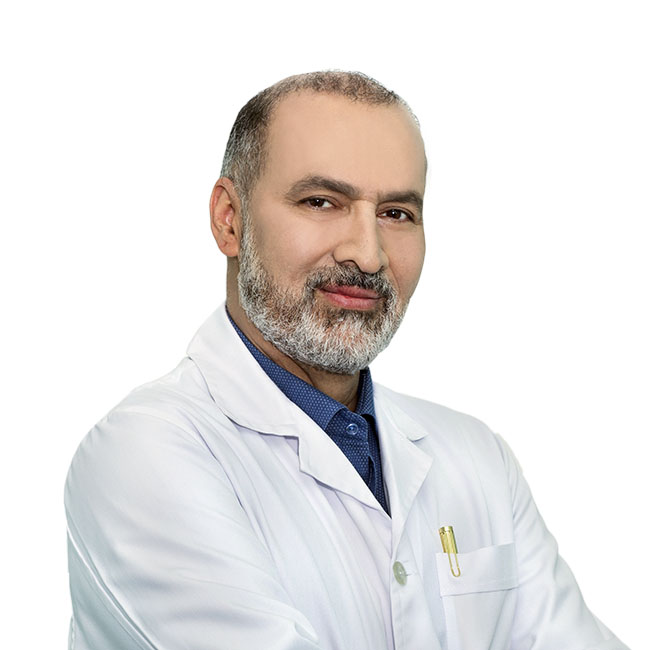Facial angulation
Facial angulation is a specialized medical procedure aimed at creating a well-defined jawline and enhancing the chin's angle. This technique is particularly useful for individuals with small chins or excessive fat in the lower face and neck due to aging or obesity, resulting in the disappearance of their jawline. Various methods are employed to achieve facial angulation, and the most appropriate approach is determined based on factors such as bone structure and the presence of facial fat. Both surgical and non-surgical options are available, each tailored to meet the specific needs of the patient.
Gel Injection Method for Facial Angulation: The gel injection method involves the use of dermal fillers containing hyaluronic acid to add volume to the targeted areas of the face, achieving facial symmetry. By precisely injecting the gel, the jaw and chin angles are corrected, resulting in a longer chin and a more distinct jawline. It is essential to seek treatment from experienced professionals to ensure natural-looking results and maintain facial symmetry. Some practitioners prefer using a cannula for injection due to its safety and ability to reach facial contours effectively, reducing the risk of swelling and bruising.
Fat Injection Method for Facial Angulation: Similar to the gel injection method, the fat injection method uses a person's own fat to add volume to the face. Fat is typically harvested from the abdomen and has a longer shelf life compared to fillers. This technique is particularly suitable for individuals with excess fat or larger bone structures, who may not benefit from non-surgical approaches.
Thread Method for Facial Angulation: The thread method is a non-invasive option suitable for individuals with sagging skin in the lower face and jaw area. Barbed threads are inserted into the skin using a needle and anchored in facial muscles. By lifting the sagging skin, the jawline becomes more defined. Over time, the threads are absorbed by the body, and collagen production is stimulated, resulting in firmer skin.
Botox Injection Method for Facial Angulation: Botox injections are employed to address hypertrophy in the masseter muscle, leading to a protruding jaw. By injecting Botox, the muscle becomes inactive, effectively reducing the bulge in the jaw area. This quick and non-invasive procedure provides noticeable results within a couple of weeks.
Hypotherapy for Facial Angulation: Hypotherapy utilizes ultrasound energy to stimulate collagen and elastin production in the deep layers of the skin. This increased collagen production tightens the skin, reducing sagging in the jaw and chin area. Multiple sessions may be required to achieve the desired outcome.
Plasma Jet Method for Facial Angulation: The plasma jet method is an advanced technology used to tighten the skin around the neck, mouth, and jaw, effectively eliminating sagging. The ionized gas in the plasma jet irritates the skin's layers, promoting tissue removal and collagen production, resulting in firmer skin. This method is particularly suitable for individuals with sagging skin and squint, providing long-lasting results of up to 5 years.
Jaw Prosthesis for Facial Angulation: Jaw prosthesis involves outpatient surgery, where prostheses are placed below the ear and inside the chin. This procedure is ideal for individuals with small chins and backward lower jaws, and it requires the expertise of an experienced plastic surgeon for optimal results. The prosthesis is typically made of silicone or polyethylene and provides a natural-looking enhancement.
Jaw Surgery for Facial Angulation: Jaw surgery aims to create a V-shaped face by shaving the jaw bone and chin. An experienced maxillofacial surgeon is essential for achieving natural results. This procedure is suitable for individuals with square faces and wider lower faces, resulting in a permanently narrowed and angular face.
Suitability for Facial Angulation: Facial angulation is suitable for individuals with small jaws or chins, individuals with sagging skin due to aging, and those seeking facial rejuvenation. Different facial structures require specific approaches to achieve the desired outcome. Individuals with elongated faces benefit from jawline and facial angle enhancement, while those with round faces may require chin enlargement and sharpening. For those with wide faces and minimal jawlines, fillers or prostheses can help create a more defined facial structure.
Preparation and Considerations: Before undergoing any facial angulation procedure, it is crucial to consult with multiple cosmetic doctors or plastic surgeons. The medical professional will examine the patient's facial structure, bone density, and facial fat distribution to determine the most suitable approach. Patients should disclose their medical history and current medication usage, as certain medications can impact bleeding during surgical procedures. Allergic reactions to medications or anesthetics should also be reported to the doctor. To optimize healing, smokers are advised to quit smoking a week or two before surgery, as smoking can hinder blood supply to the skin.
In conclusion, facial angulation offers various techniques, both surgical and non-surgical, to enhance the jawline and chin angle, resulting in a more defined and aesthetically pleasing appearance. Patients should seek advice from experienced medical professionals to determine the most appropriate method tailored to their individual needs and goals.



